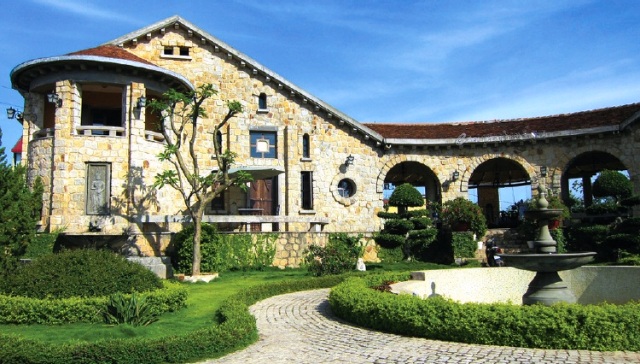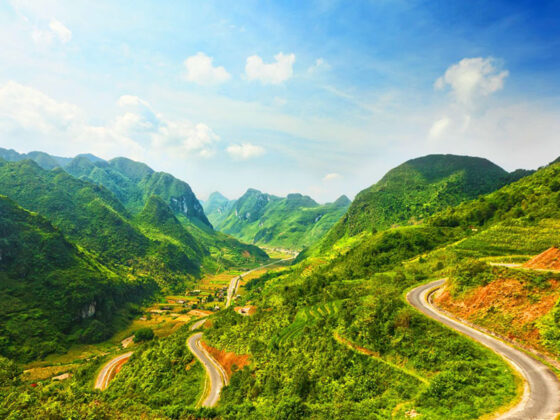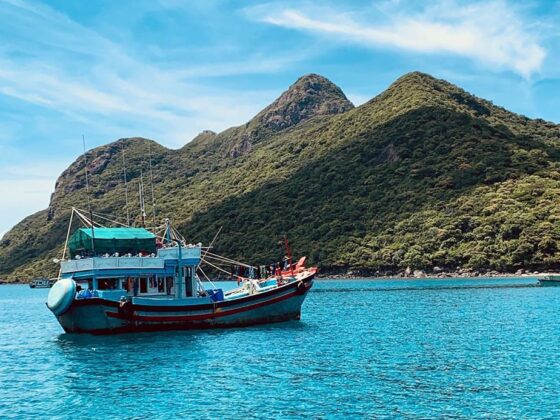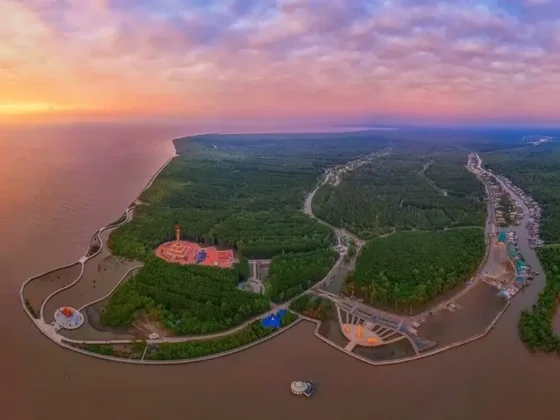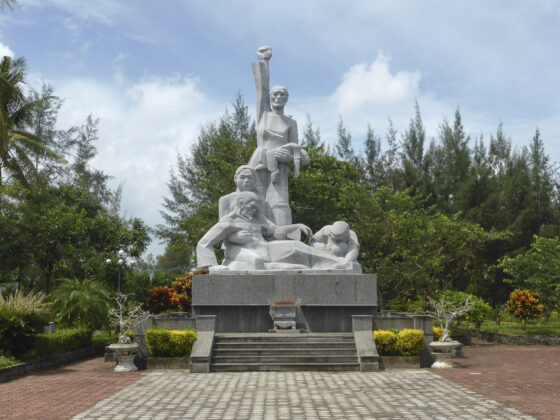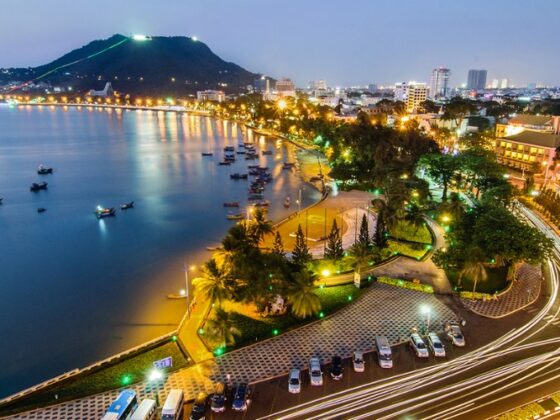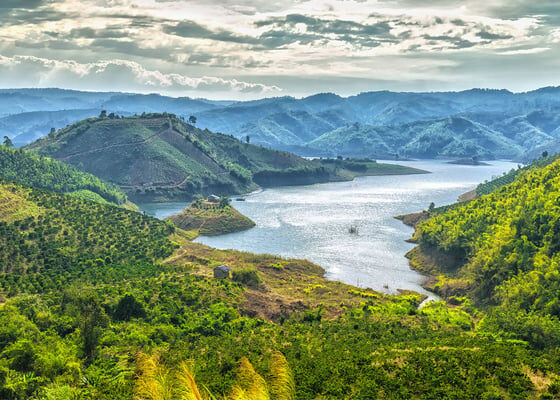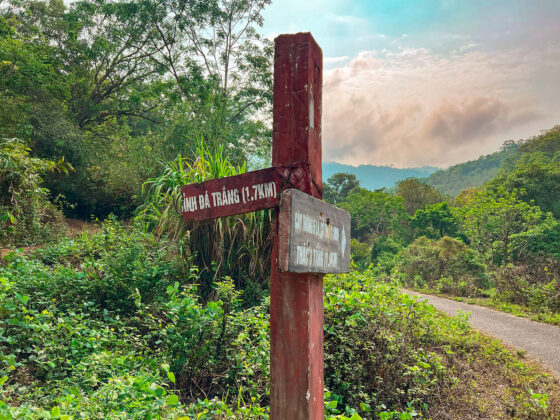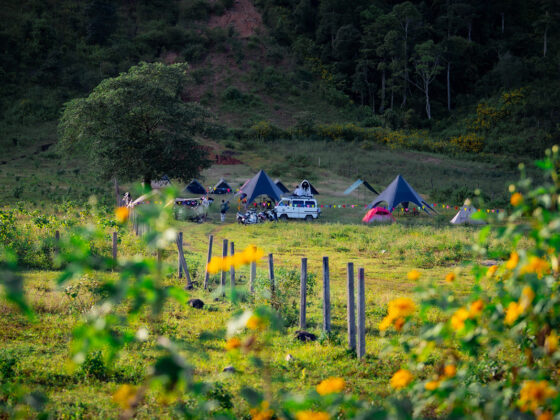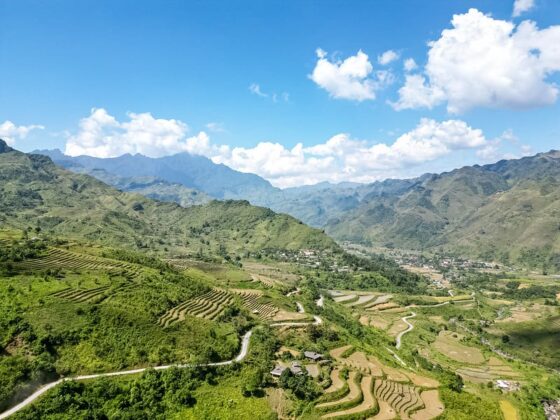Table of Contents Show
✍️ AI is summarizing:
Nestled in the central highlands of Vietnam, Da Lat is often referred to as the “City of Eternal Spring” due to its temperate climate and lush landscapes. Founded by the French in the late 19th century as a colonial retreat, Da Lat boasts a distinctive architectural style that reflects its European influences. The town’s unique blend of Da Lat French colonial architecture and Vietnamese culture creates a charming atmosphere that captivates visitors.
Read more interesting posts here:
- Pedal Through Paradise: The Ultimate Guide to Mountain Biking in Da Lat
- A Parent’s Guide: 5 Fun Things to Do in Da Lat with Kids
- The 10 Best Coffee Streets in Ho Chi Minh City: A Local’s Guide
The Da Lat Railway Station: an icon of French colonial architecture
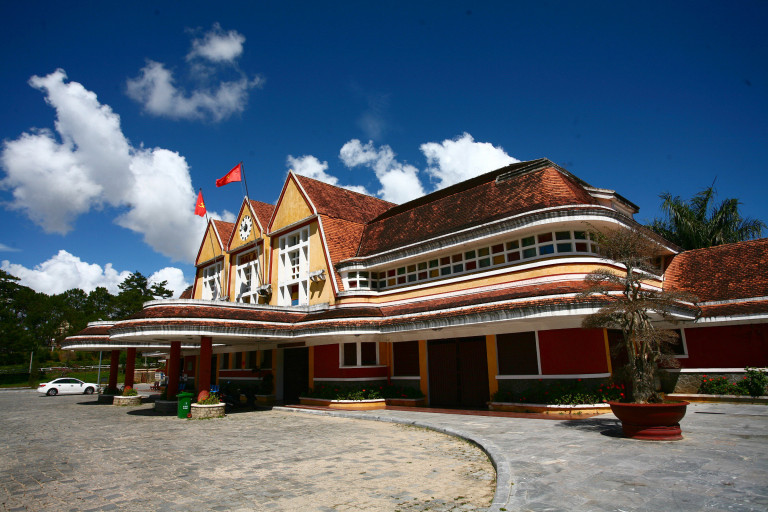
Nestled in the central highlands of Vietnam, Da Lat is often referred to as the “City of Eternal Spring” due to its temperate climate and lush landscapes. Founded by the French in the late 19th century as a colonial retreat, Da Lat boasts a distinctive architectural style that reflects its European influences, with Da Lat French colonial architecture being a defining characteristic. The town’s unique blend of this French colonial architecture and Vietnamese culture creates a charming atmosphere that captivates visitors.
Exploring the villas: the heart of Da Lat French colonial architecture
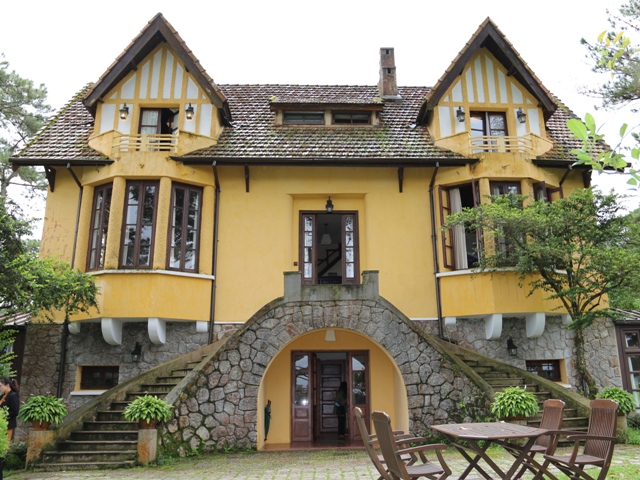
As you stroll through Da Lat, you’ll encounter an array of elegant villas, many of which date back to the colonial era and showcase Da Lat French colonial architecture. One of the most iconic structures is the Da Lat Railway Station, a stunning example of Art Deco architecture.
With its vibrant yellow façade and distinctive triangular roof, the station is a testament to the creativity and craftsmanship of its time. Today, it serves as a hub for tourists looking to take scenic train rides through the picturesque countryside.
Another must-see is the Crazy House (Hang Nga Guesthouse), an architectural marvel designed by Vietnamese architect Đặng Việt Nga. This whimsical structure, resembling a giant tree, features organic shapes and vibrant colors that blend seamlessly with the surrounding nature. While not strictly colonial, the Crazy House exemplifies the town’s artistic spirit and serves as a fascinating contrast to the more traditional French villas.
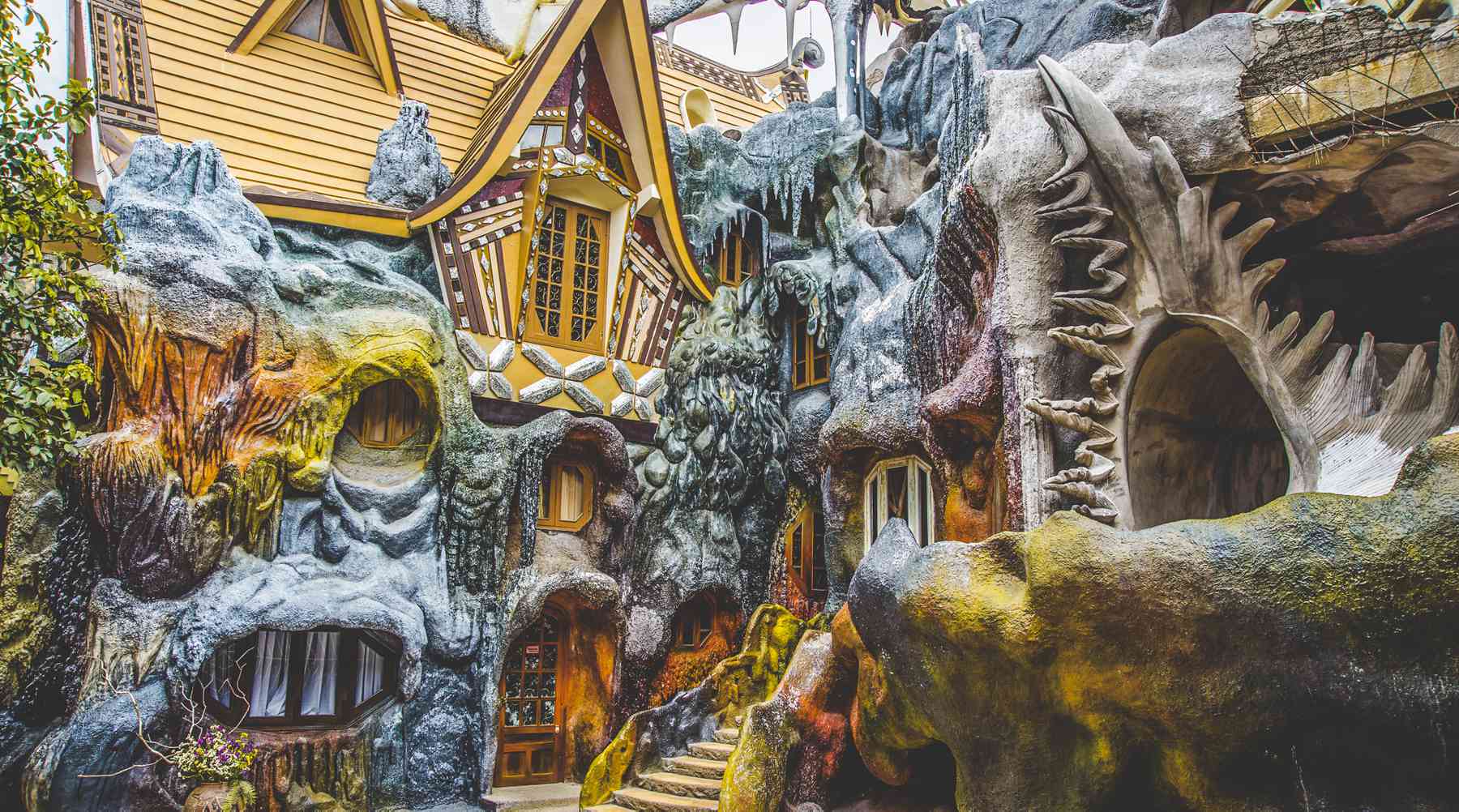
Exploring lesser-known villas in Da Lat provides a deeper understanding of its colonial history. The Villa Mimosa, for example, is a charming retreat that showcases the elegance of French design, a prime example of Da Lat French colonial architecture. With its spacious gardens and vintage furnishings, it offers a glimpse into the lifestyle of the colonial elite. Visitors can wander through the villa’s grounds, enjoying the serene atmosphere and lush greenery, which are characteristic of Da Lat.
The Domaine de Marie Church and other spiritual sites
The Domaine de Marie Church is another historical site worth visiting. Built in the 1930s, this beautiful church is an excellent example of Da Lat French colonial architecture, featuring stunning stained glass windows and a peaceful ambiance. The church, set against a backdrop of rolling hills and pine forests, provides a tranquil escape from the hustle and bustle of daily life.
The legacy of landscape design in Da Lat
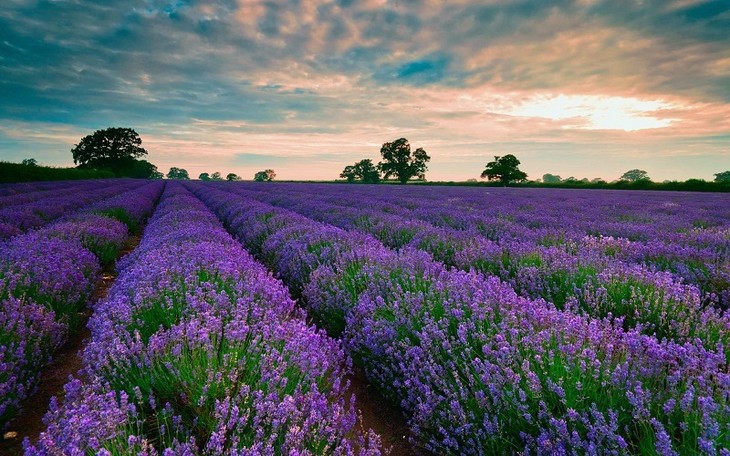
Da Lat’s gardens are equally enchanting, reflecting the town’s colonial legacy. The Flower Park, located near the city centre, showcases a vibrant array of flowers and plants that thrive in the region’s cool climate. As you wander through the meticulously manicured gardens, you can appreciate the artistry that goes into maintaining this floral paradise.
The The park not only celebrates the beauty of nature but also highlights the French influence on horticulture in the area, much like the Da Lat French colonial architecture defines the city’s unique aesthetic.
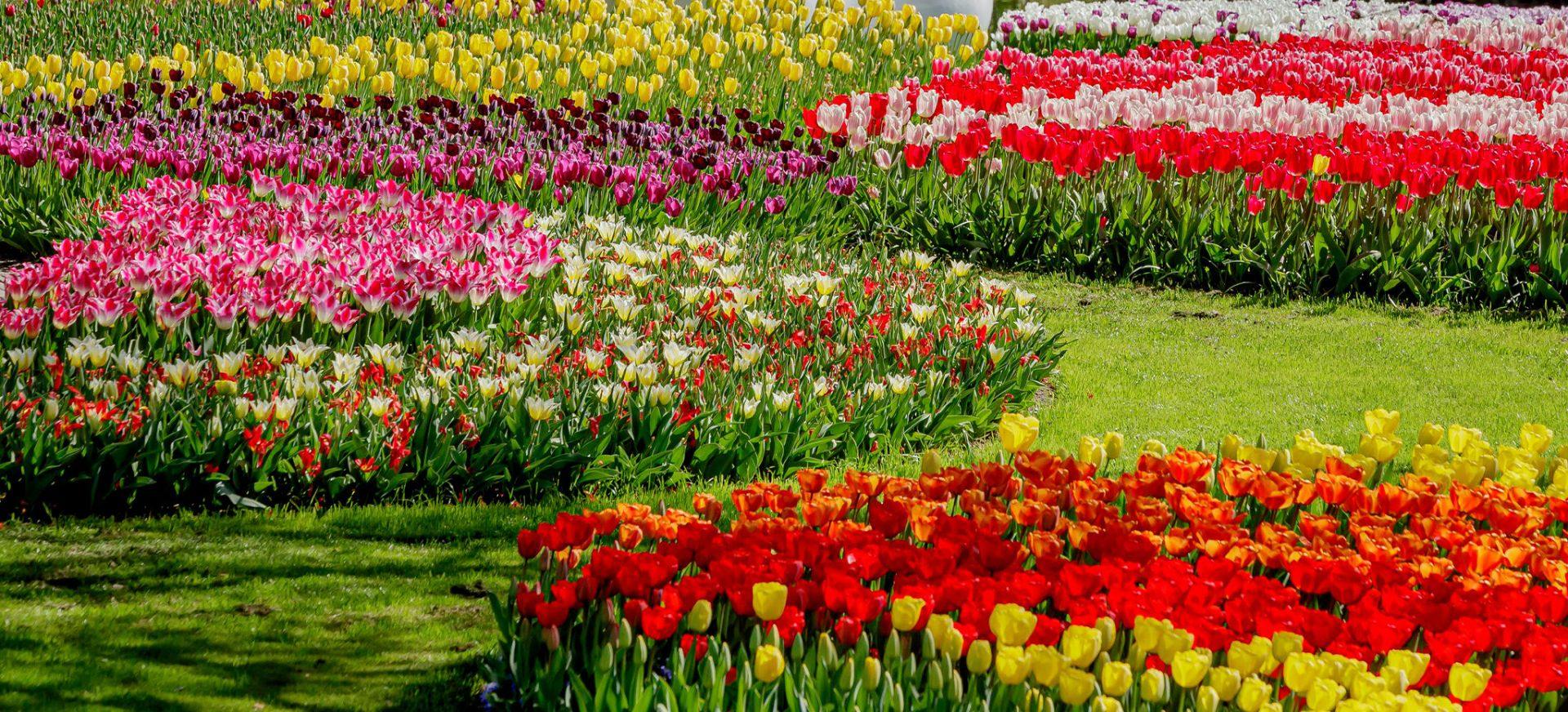
A visit to Xuan Huong Lake is also essential. This scenic lake, surrounded by pine trees and charming cafés, provides a picturesque setting for leisurely strolls or picnics. The French introduced the concept of public parks and recreational spaces during their colonial rule, and Xuan Huong Lake stands as a testament to that vision.
In addition to its architectural and natural beauty, much of which is exemplified by Da Lat French colonial architecture, Da Lat offers a unique cultural experience. The town is known for its vibrant markets, where you can find a variety of local produce, handicrafts, and traditional foods. Engaging with local vendors allows you to connect with the community and gain insights into the region’s culinary heritage.
Conclusion
In conclusion, the legacy of Da Lat French colonial architecture presents a unique travel experience that invites you to explore the town’s rich history and charming design. This delightful destination combines stunning landscapes with fascinating stories of the past, creating an atmosphere that enchants all who visit.
Whether you’re an architecture enthusiast, a history buff, or simply seeking a peaceful retreat, Da Lat promises unforgettable moments that will deepen your appreciation for Vietnam’s diverse cultural heritage.
Ready to discover your own piece of French colonial charm? Join our community of explorers in the ExoTrails Facebook Group and follow the ExoTrails Fanpage for daily inspiration and travel tips!
FAQs
Why is Da Lat called the City of Eternal Spring?
Da Lat is called this because of its year-round cool, temperate climate, which allows a wide variety of flowers and plants to bloom continuously.
What is the French influence in Da Lat?
The French influence is most visible in its architecture, with many villas, churches, and public buildings designed in French colonial styles, as well as in its city planning, which includes a central lake and parks.
What are the most famous buildings in Da Lat?
The most famous buildings are the Da Lat Railway Station, the Domaine de Marie Church, and the uniquely modern Crazy House.
Is the Da Lat Railway Station still in use?
While it no longer serves as a main transport hub, the station operates a short, scenic tourist train route to the nearby village of Trai Mat.
What is the Crazy House and who designed it?
The Crazy House (Hằng Nga Guesthouse) is an unconventional hotel and art gallery known for its whimsical, tree-like design. It was designed by the Vietnamese architect Đặng Việt Nga.

